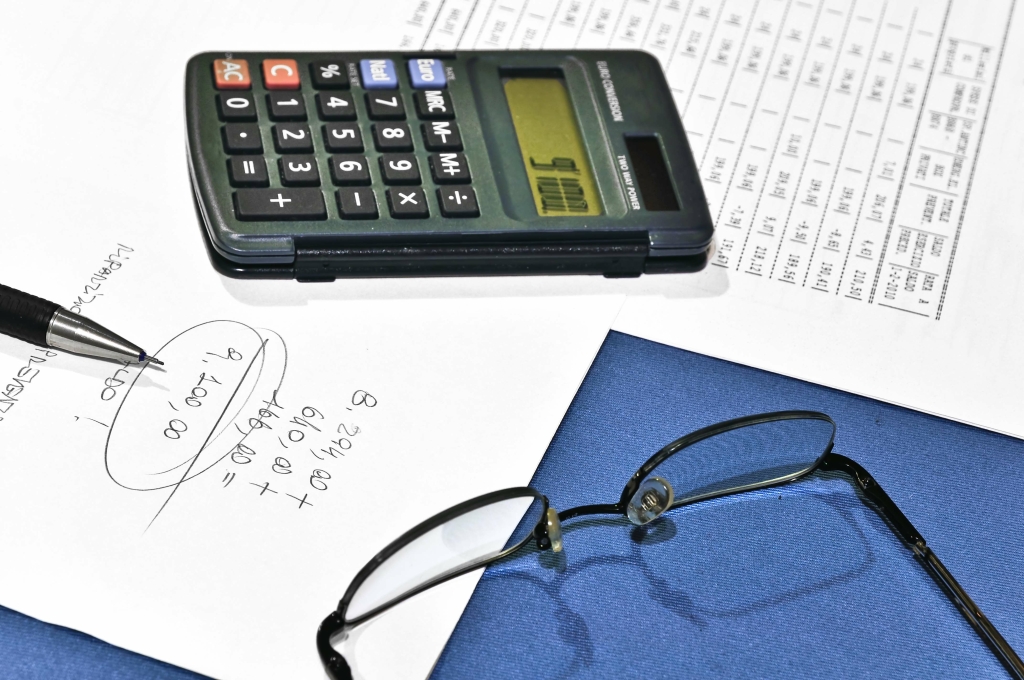Run payroll in the same spot you manage your books. No syncing, importing, or manually re-entering data needed. Save time and increase accuracy by connecting payroll, time and project tracking, and accounting in one place.
Health benefits
If you have QuickBooks Online Payroll Elite, you can opt to have one of our experts set up payroll with you, or do it for you. Check out the Expert setup section to call or schedule an appointment. Included with QuickBooks Enterprise Gold and Platinum, QuickBooks Desktop Enhanced Payroll gives you the tools to create paychecks and quickly file taxes yourself. Payroll and time tracking data connect to increase efficiency, reduce tasks, and cut payroll costs with Payroll Premium & Elite. Get payroll or bundle with accounting to help you manage your team and your business. Take a closer look at what comes with all our payroll plans so can simplify payday, retain top talent, and manage your team.
Payroll taxes made easy
We’ll help you stay compliant with our guided payroll setup. Our payroll experts are available to help you assist you along the way. Money movement services are brought to you by Intuit Payments Inc. subject to eligibility criteria, credit and application approval. Money movement services are brought to you by Intuit Payments Inc. subject to eligibility criteria, credit and application approval. Based on an www.intuit payroll Intuit survey of 2040 QuickBooks Online Payroll customers in February 2023. On average, businesses that report gross payroll cost savings save 4.64%.
Simplify employee management
Find everything you need from employee benefits to hiring and management tools. See articles customized for your product and join our large community of QuickBooks users. You have a couple options to help add some of your employee info. You’ll need to complete a few tasks before you can pay your team.
QuickBooks Payroll has what you need to stay compliant, from labor law posters to expert support. Plus, you’ll get quick access to Forms W-2, W-9, and more. On average, respondents who report time savings save 3.93 hours per week.
We’ll set up your payroll for you with QuickBooks Payroll Elite. With QuickBooks Payroll Premium, we’ll review your setup to make sure everything is correct. Automate tedious tasks and get back to business. Set payroll to a schedule, so your team gets paid on time, every time.
- Get payroll or bundle with accounting to help you manage your team and your business.
- Discover how our latest features can help accountants like you work more efficiently, grow your firm, and better serve your clients and their teams.
- Our payroll software also includes same-day direct deposit and automatic tax filing, which is backed by tax penalty protection.
- Each employee (active or on paid leave) is an additional $6/month for Core, $9/month for Premium, and $11/month for Elite.
Full-service payroll for small businesses
You will have access to your QuickBooks Product for the remainder of the month and you will not receive a prorated refund. The Annual Plan commits you to a 12-month term; fees vary per QuickBooks Desktop Product. If you cancel inside the 60 day money back guarantee period, you can opt to receive a refund. Let employees view digital pay stubs, W-2s, PTO balances and withholding allowances anytime, using QuickBooks Workforce. Improve administrator productivity by easily identifying incomplete employee profiles.
Our payroll software also includes same-day direct deposit and automatic tax filing, which is backed by tax penalty protection. Additional terms, conditions and fees may apply with certain features and functionality. Feature availability varies by product and platform.
Worry-free taxes, guaranteed accuracyAccuracy guaranteedAvailable with QuickBooks Online Payroll Core, Premium, and Elite. We assume responsibility for federal and state payroll filings and payments directly from your account(s) based on the data you supply. Guarantee terms and conditions are subject to change at any time without notice. Each employee (active or on paid leave) is an additional $6/month for Core, $9/month for Premium, and $11/month for Elite. Contractor payments via direct deposit are $6/month for Core, $9/month for Premium, and $11/month for Elite.
- Payroll and time tracking data connect to increase efficiency, reduce tasks, and cut payroll costs with Payroll Premium & Elite.
- If you cancel inside the 60 day money back guarantee period, you can opt to receive a refund.
- We partner with providers to offer you these great services and they integrate with your payroll.
- Select Change payment and filing preference to change your option.
- You may be able to connect it instantly so you can use direct deposit right away.
Ready to add payroll?
Your clients’ employees can upload, store, and share everything from onboarding docs to company policies in one place. We will help you transfer any existing payroll information to QuickBooks. QuickBooks Payroll now includes team management tools so you can streamline your HR tasks and save precious time.
We partner with providers to offer you these great services and they integrate with your payroll. In this task, you’ll enter year-to-date paycheck info for each employee you paid this year. We’ll use this info to accurately report wages and taxes on W-2s and other payroll tax forms. With the Monthly Plan, your QuickBooks Desktop Product cancellation will become effective at the end of the then-current monthly billing period.
If your business requires tax calculation and/or filing in more than one state, each additional state is $12/month for Core and Premium. There is no charge for state tax calculation or filing for Elite. The discounts do not apply to additional employees and state tax filing fees. Small business owners can pay and manage their teams with integrated payroll, and access HR, health benefits, and more.
Select Change payment and filing preference to change your option. As part of the 1099 E-File Service, we also give your vendors and contractors online access to their 1099s. For example, clients can pay for QuickBooks, while your firm manages subscription costs. If your employee is an independent contractor, we’ll help you create a 1099 to print or e-file. With QuickBooks Online, you can manage payroll and your books in one place. QuickBooks Online Payroll works for small to midsize businesses—from accountants and financial experts to hospitality companies, construction companies, and truckers.
Here’s a handy guide and videos to help you get set up. See End User License Agreement for additional details. For a year, you’ll earn 30% of your client’s subscription price and your client saves 50% off for the first 3 months. They’ll save 30% for the first 12 months of their subscription. Whether it’s your first time getting certified or you’re renewing your ProAdvisor status, you can easily access self-paced courses, webinars, virtual conferences, and in-person events. Discover how our latest features can help accountants like you work more efficiently, grow your firm, and better serve your clients and their teams.




